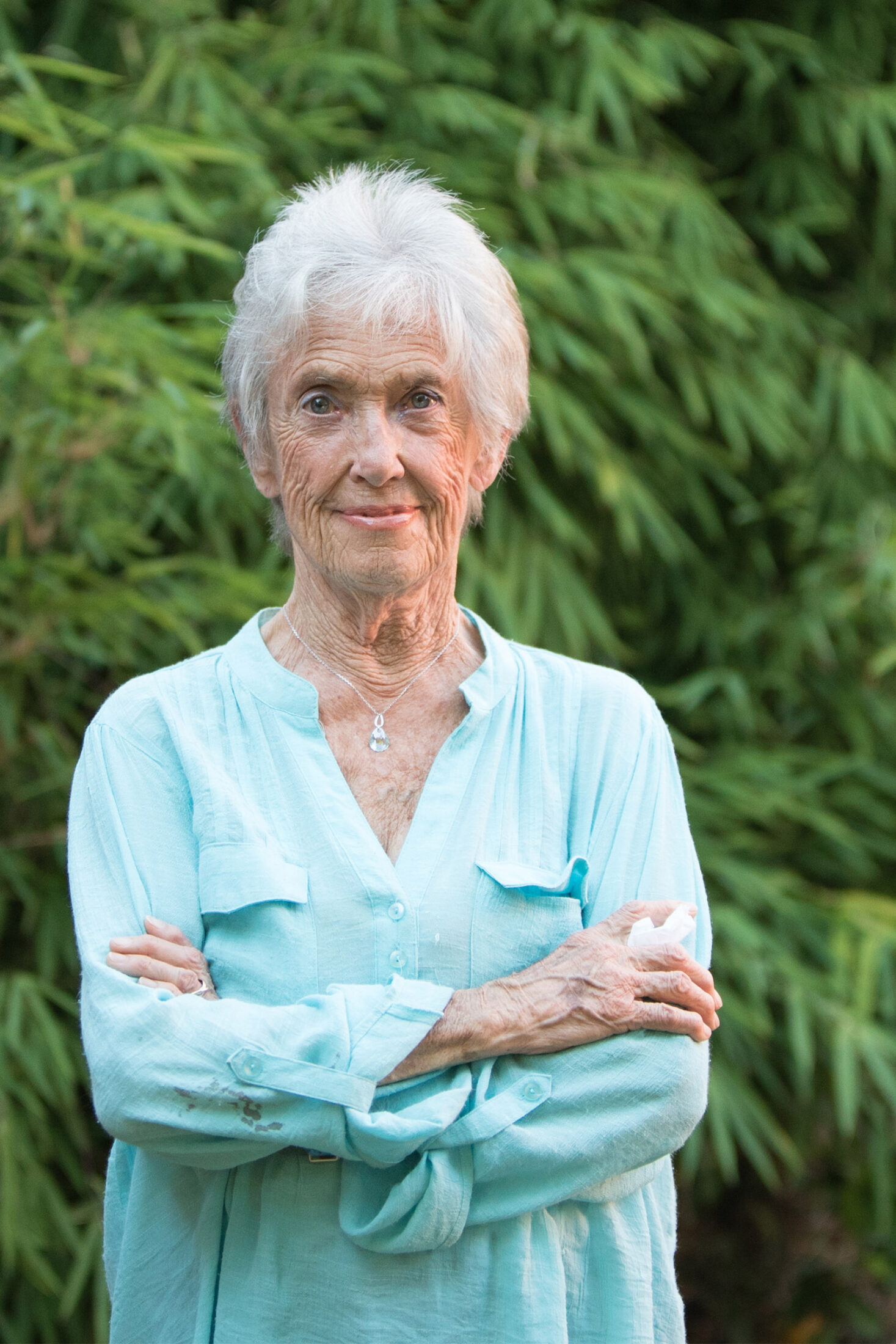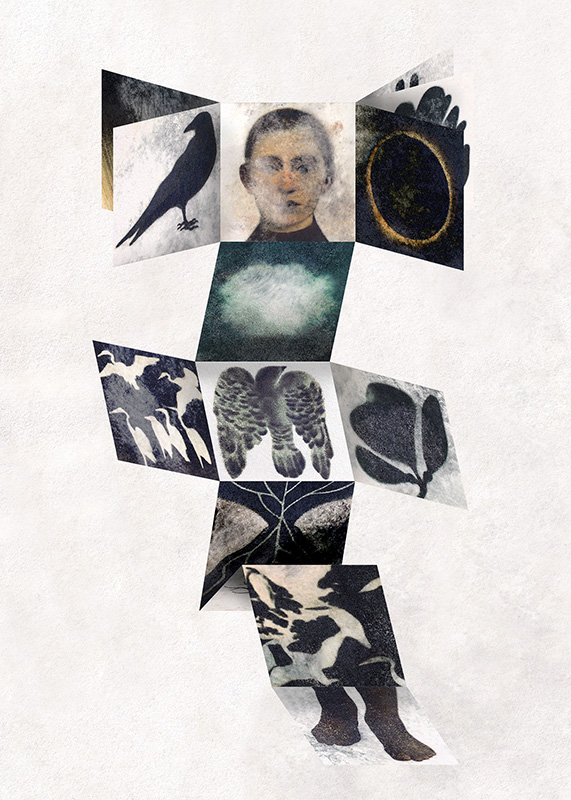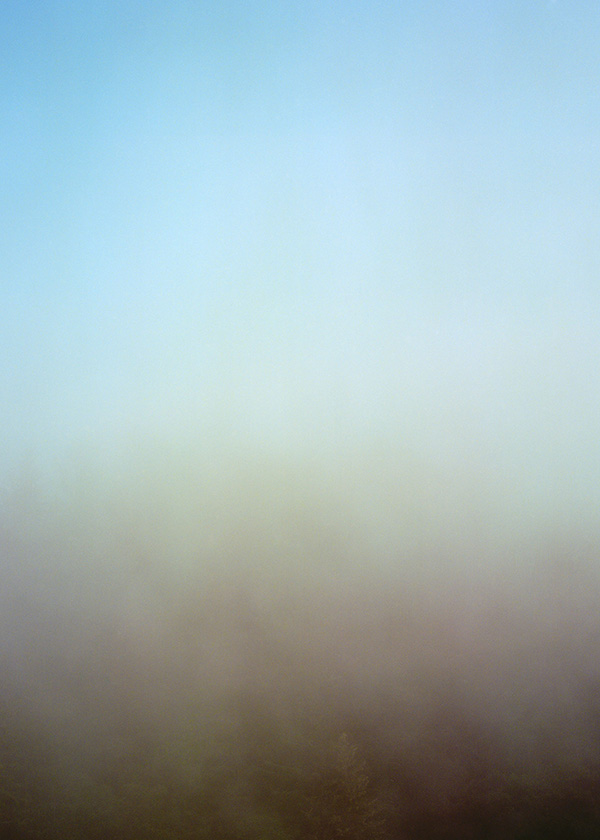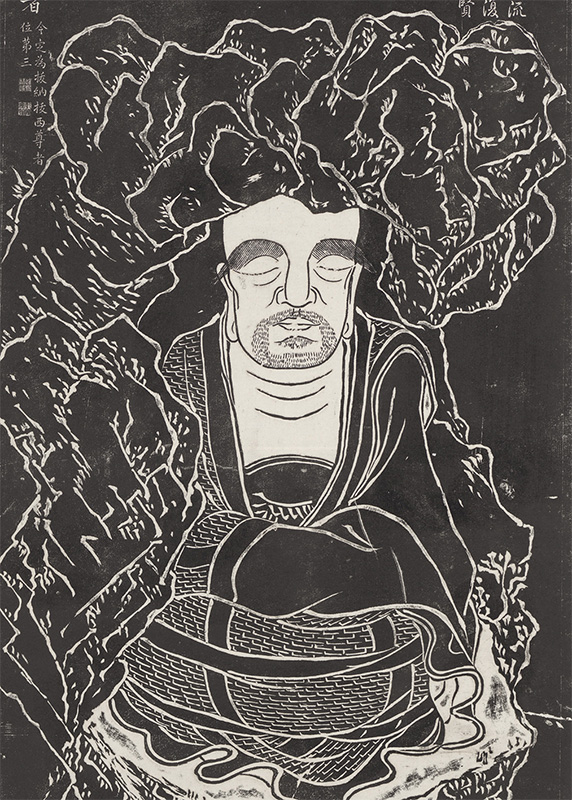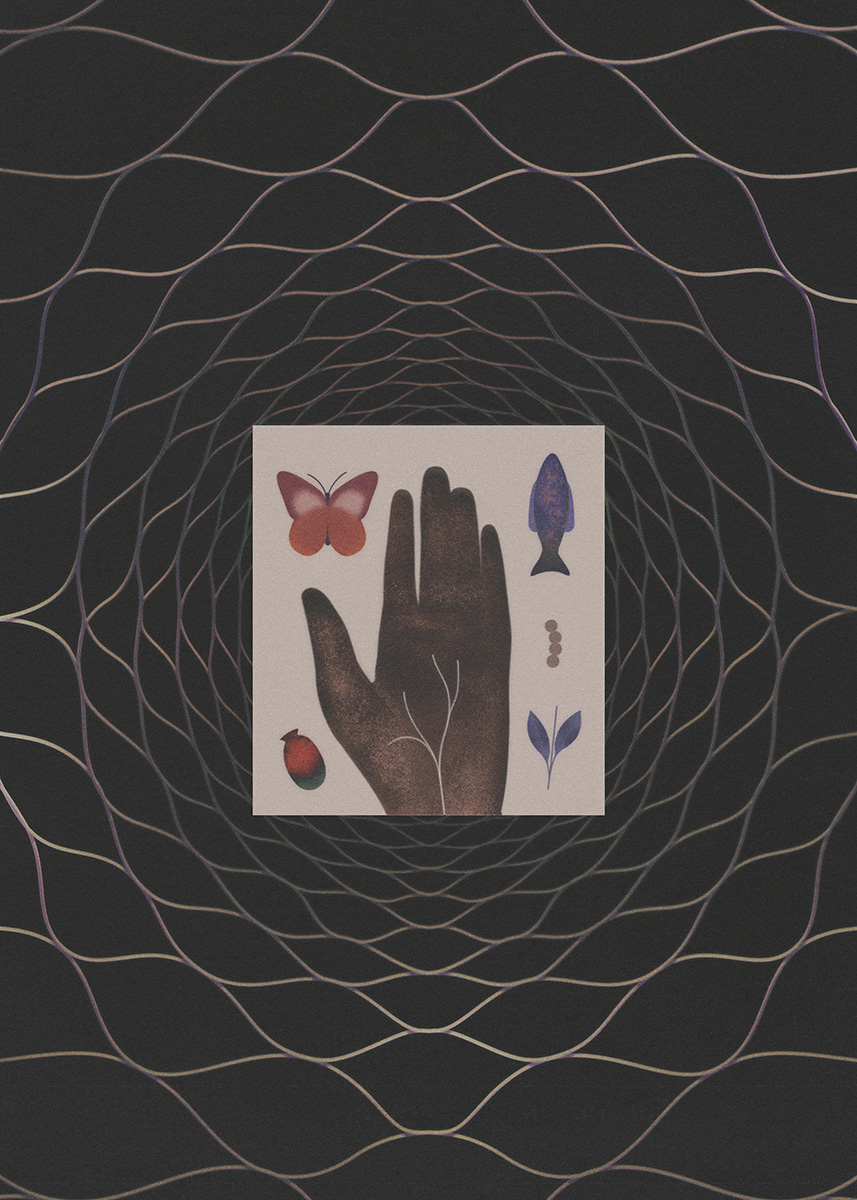
The Jina Buddha Akshobhya, Folio from a Pancharaksha (The Five Protective Charms).
Courtesy of LACMA
Entering the Bardo
Joanna Macy, Ph.D., is an eco-philosopher and a scholar of Buddhism, general systems theory, and deep ecology. As the founder and root teacher of the Work That Reconnects, Joanna has created frameworks for personal and social change, transforming despair and apathy into constructive change. She has written numerous books, including Widening Circles, her personal memoir, and World as Lover, World as Self: Courage for Global Justice and Ecological Renewal. Joanna is widely known for her translations of Rainer Maria Rilke’s poetry.
In this op-ed, eco-philosopher and Buddhist scholar Joanna Macy introduces us to the bardo—the Tibetan Buddhist concept of a gap between worlds where transition is possible. As the pandemic reveals ongoing collapse and holds a mirror to our collective ills, she writes, we have the opportunity to step into a space of reimagining.
We are in a space without a map. With the likelihood of economic collapse and climate catastrophe looming, it feels like we are on shifting ground, where old habits and old scenarios no longer apply. In Tibetan Buddhism, such a space or gap between known worlds is called a bardo. It is frightening. It is also a place of potential transformation.
As you enter the bardo, there facing you is the Buddha Akshobhya. His element is Water. He is holding a mirror, for his gift is Mirror Wisdom, reflecting everything just as it is. And the teaching of Akshobhya’s mirror is this: Do not look away. Do not avert your gaze. Do not turn aside. This teaching clearly calls for radical attention and total acceptance.
For the last forty years, I’ve been growing a form of experiential group work called the Work That Reconnects. It is a framework for personal and social change in the face of overwhelming crises—a way of transforming despair and apathy into collaborative action. Like the Mirror Wisdom of Akshobhya, the Work That Reconnects helps people tell the truth about what they see and feel is happening to our world. It also helps them find the motivation, tools, and resources for taking part in our collective self-healing.
When we come together for this work, at the outset we discern three stories or versions of reality that are shaping our world so that we can see them more clearly and choose which one we want to get behind. The first narrative we identify is “Business as Usual,” by which we mean the growth economy, or global corporate capitalism. We hear this marching order from virtually every voice in government, publicly traded corporations, the military, and corporate-controlled media.
The second is called “The Great Unraveling”: an ongoing collapse of living structures. This is what happens when ecological, biological, and social systems are commodified through an industrial growth society or “business as usual” frame. I like the term “unraveling,” because systems don’t just fall over dead, they fray, progressively losing their coherence, integrity, and memory.
The third story is the central adventure of our time: the transition to a life-sustaining society. The magnitude and scope of this transition—which is well underway when we know where to look—is comparable to the agricultural revolution some ten thousand years ago and the industrial revolution a few centuries back. Contemporary social thinkers have various names for it, such as the ecological or sustainability revolution; in the Work That Reconnects we call it the Great Turning.
Simply put, our aim with this process of naming and deep recognition of what is happening to our world is to survive the first two stories and to keep bringing more and more people and resources into the third story. Through this work, we can choose to align with business as usual, the unraveling of living systems, or the creation of a life-sustaining society.
Over the last couple of years, a number of us involved in this work have recognized that, given the pace of the Great Unraveling, we are heading toward economic and, indeed, civilizational collapse. Our thinking was aided by the Deep Adaptation work of Jem Bendell, which seeks to prepare for—and live with—societal breakdown. I’d also like to acknowledge the earlier contributions in French-speaking Europe of Pablo Servigne and Raphael Stevens—whose prescient work focuses on collapse and transition and is only just now coming out in English.
Since the present world economy has been unable to cut greenhouse gas emissions by even the slightest fraction of a degree, it now seems obvious that we cannot avoid climate catastrophe. Many of us had assumed that the Great Turning could forestall such disintegration, but now we have come to recognize the Great Turning as a process and a commitment to help us survive the breakdown of the industrialized growth economy. The motivation and skills we gain by engaging in the Work That Reconnects provide the guidance, solidarity, and trust needed to make our way through this inevitable breakdown.
There are many dimensions to this work that address the psychological and spiritual issues of the time, and I have found a fruitful resonance between Buddhist thought and postmodern science: much of the Work That Reconnects has been informed by Buddhist teachings. I now think of the Great Turning as somewhat like bodhicitta, the intention to serve all beings. This is the mind state of the bodhisattva—the being who, in their great compassion, delays nirvana in order to address the world’s suffering. I remember my Tibetan teachers telling me that bodhicitta is like a flame in the heart, and often I can feel it there.
